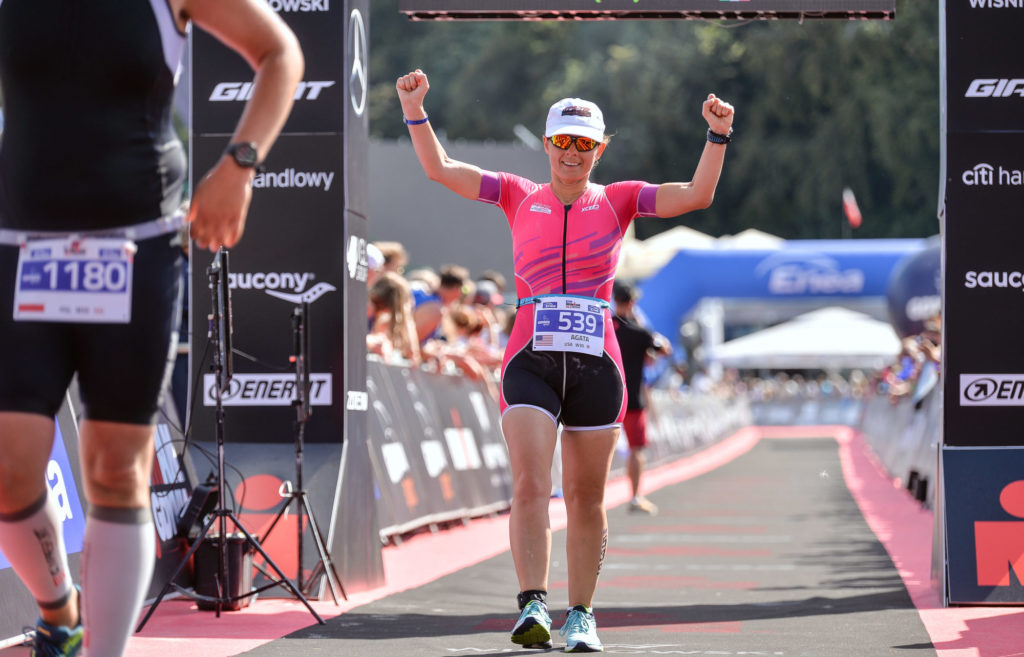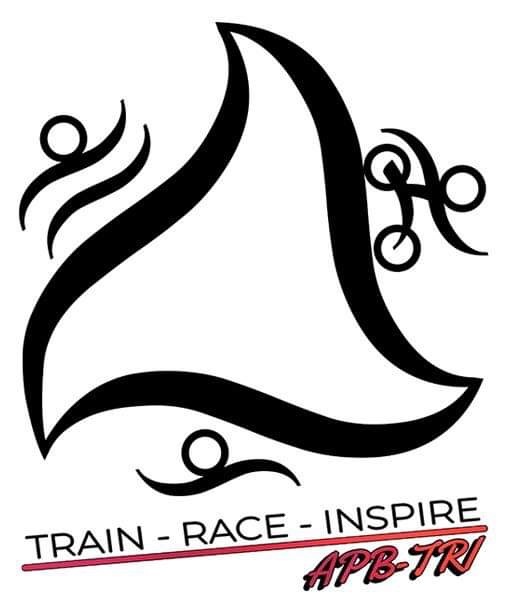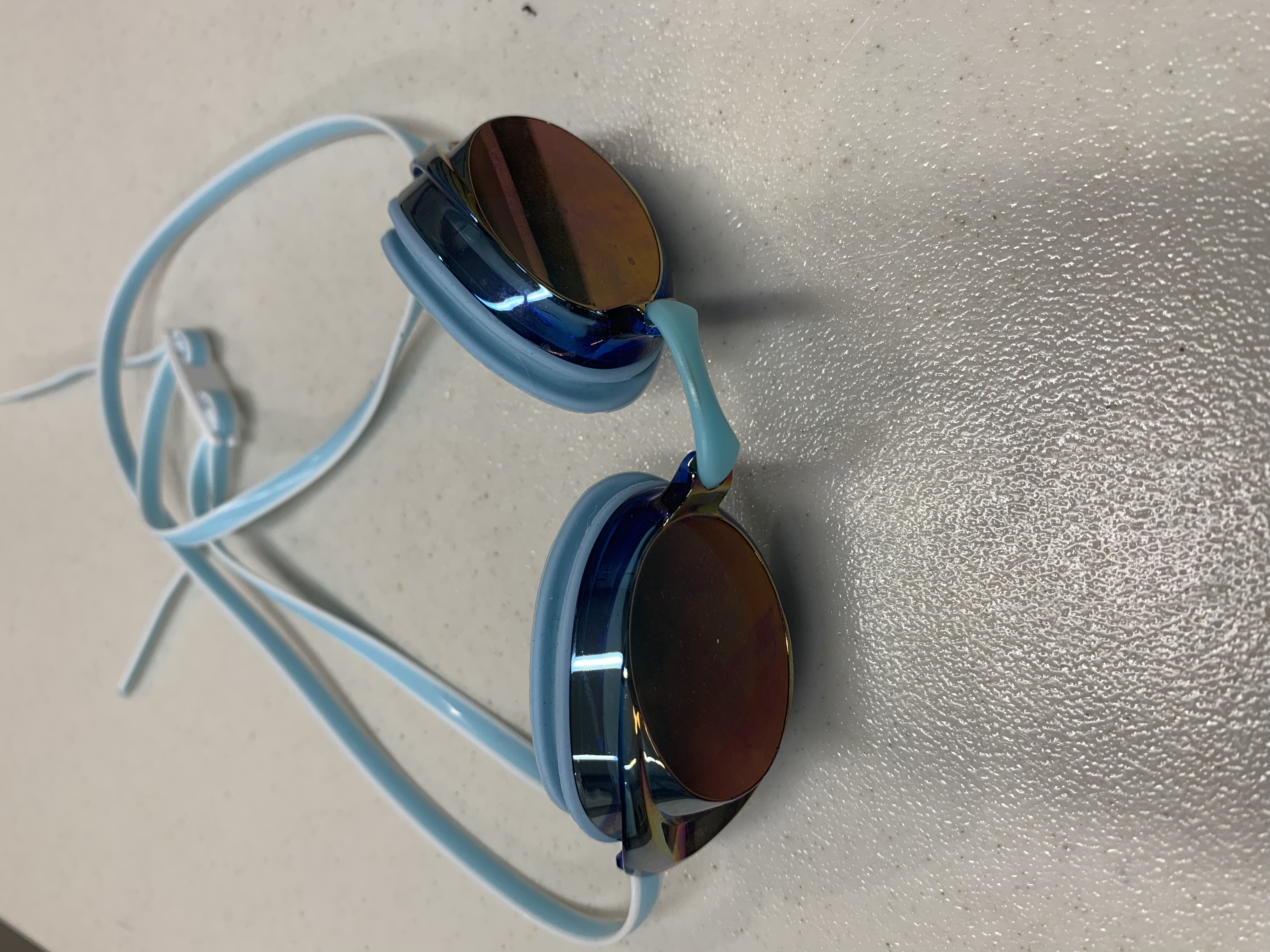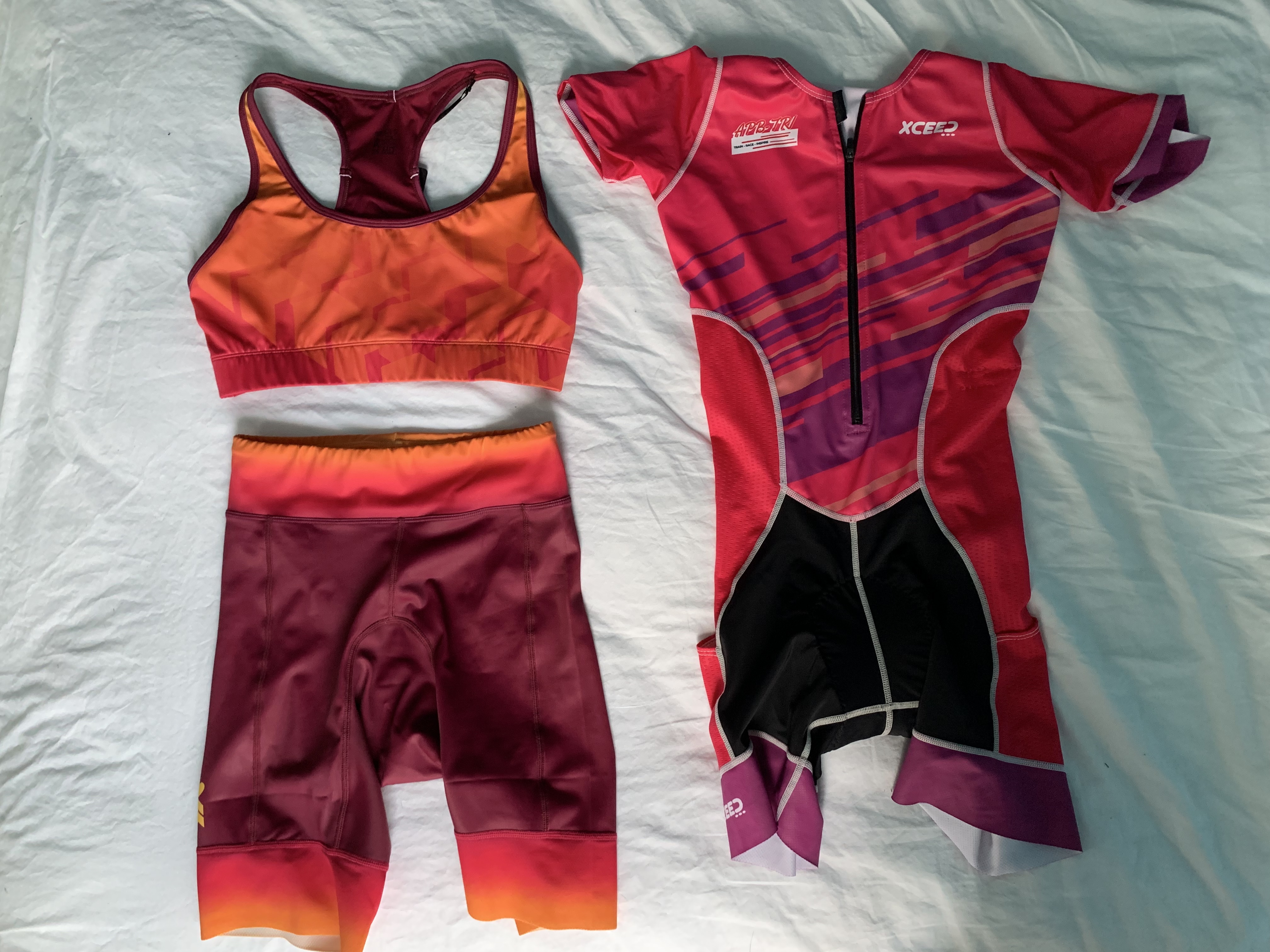I need another pair of swim goggles. No, not out of vanity or anything like that. I just put two and two together the other day: sun rises close to 6:30am these days. My race is still a month away and swim starts at 6am. It will be pitch black when I start. My current goggles are tinted. There is no way I can find my way around the course with that! And ironically, this subject did not cross my mind while I wrote about open water swimming. I guess I thought that nobody would be dumb enough to do an open water swim when it’s pitch black outside?
So now a real question came up: how to actually shop for swim goggles? I’ve always went the ‘pick up a pair while doing weekly shopping at Target’ way, but that has yielded mixed results. So here I am: doing research and learning about goggles (and thanks to my friend from Speedo, who was shocked that at the store, they won’t let you try a pair before buying – you’re totally spoiled 🙃).
Why wear swim goggles?
Vision correction
This is super important for those of us who are (like me) near-sighted enough that swimming without some sort of glasses/ contacts is dangerous. And you can go two ways here: on the one hand, there are goggles with prescription lenses or goggles covering your eyes with contact lenses in them.
Contacts
As you may guess from my pictures, I am a HUGE fan of my contacts. I can easily transition between sports without worrying about seeing where I’m going. Not having to worry about prescription for my eyewear, I have more (and cheaper) choices for clear glasses for night biking, sunglasses and goggles. They make transitions easy for me. And since I am totally blind without them, I am just not willing to risk having to stumble around looking for my glasses. On the other hand, I know contacts are not everybody. A lot of people complain of the eek factor when putting them in or taking them out. For some, they cause way too much irritation. There are also medical reasons why they may not be an option. Personally, I’d encourage all athletes who need vision correction to give them a shot (and no, I am not brave enough for Lasik).
So why goggles if you have contacts in? Well, to protect your contacts. And I don’t just mean so that they don’t get damaged by chlorine or salt water. They can actually float out of your eyes. Or so I’ve heard (but never experienced myself). That would be awful!
Swim goggles with prescription lenses
So you’re blind as a bat, but can’t/ won’t wear contacts? Good news! Swim goggle makers met people like you before and they are prepared. Even Speedo has some choices. Something to note: you will have the same prescription in both eyes, which may not be ideal if you have very different corrections in each. But then: you’re not driving a car or reading a book in them. Just getting a good idea which way you are heading is all you need. I was actually surprised to find out they were much cheaper than I expected. Like only a couple of bucks more expensive than regular ones. So that’s a great way to go!
Ability to see under water
Improved ability to see under water is a thing for us all, not just the nearsighted folks. It’s hard to see through the water and deal with it hitting your eyes. And that’s assuming you are ok with opening them under water. With swim goggles on, you can keep your eyes open and look around. It allows you to admire all the pretty fauna and flora! But more importantly, it helps you stay safe. You know, not run into those spikes on a fish or get tangled with a jellyfish that was just minding its own business.
Eye irritation
Confession time: I tried swimming without goggles in an indoor pool. I couldn’t see anything for the rest of the day! Eye irritation is a serious consideration. Can you imagine what salt water can do to your eyes? Yikes! I know that swimming in a lake or a river sounds safer for your eyes, and you are probably true. But just think about all the stuff floating around. Not cool for your eyes… I still remember that at my summer camp when I was little, we would go swim in a lake full of these tiny, ball-shaped algae. They were totally harmless for most part, but I can’t imagine they would feel good in your eye.
Preventing dry eye
It’s not just chemicals that can be a problem for your eyes. Have you noticed how dry your skin is after a swim? Well, it happens to your eyes, too. Except much worse. Goggles help prevent it.
UV protection
So I kind of alluded to this issue in introduction: protecting your eyes from the sun. In my case, concern is that my swim goggles will be too dark and I won’t be able to see in the dark. But more commonly, we play in the water when it’s sunny outside. Wearing sunglasses while swimming around can be a drag, so if you plan on having real fun, having a pair of swim goggles attached to your face will make protecting your eyes so much easier!
More on lenses
So already mentioned that your swim goggles may have prescription lenses. But that’s not the only consideration.
Size – yes, size matters! Smaller ones are more aerodynamic, but the larger ones may be more comfortable (think masks that cover kids’ noses when they swim, so they stop holding them with their fingers).
Color – no, I don’t mean whether they are neon pink (like my daughter’s) or blue (because that’s the pair they had in my size). I mean the tint of the lens. It makes a difference based on where you swim. If you are planning on going to a poorly lit indoor pool, you want a pair of clear ones. On the other hand, open water swims of IM Cozumel will definitely call for seriously dark tint and UV protection.
Fogging up – I think that anti-fog technology has become ubiquitous by now, but you should pay attention to it: you don’t want your goggles to fog up on you when you’re in the middle of your open water race!
How should they fit?
I once borrowed my daughter’s goggles out of desperation and my head HURT after. I also always struggle with finding balance between ‘they keep coming off whenever I make a turn’ and ‘ouch! they are squeezing my face into oblivion!’, which is a colorful way of saying that I’m need a lesson in this as well.
Did you know some goggles come with replaceable nose pieces? That was the best news I got when I bought my current pair! It was awesome because the first pair was so tight around my nose that I had a headache for hours after a long swim! On the other hand, if the nose piece is too large, you will end up with the goggles digging into your actual eye. Not ideal…
Sometimes the shape of the eye piece may matter, too. When you try the goggles on, push them against your eye. You should get a tiny bit of suction. If you can’t get them to stick a little on their own, they will leak, which defeats the whole purpose of wearing them. On the other hand, if they suck at your face like a vacuum cleaner, then they are too tight and will leave a mark. They will also hurt after a while.
Top of the goggle should go under your eyebrow and fit tightly enough not to leak. Adjust head strap to make sure they don’t fall off (but be careful not to make it so tight that it squeezes your head painfully.
Do the swim goggles have ‘mileage’ like my running shoes?
Well, sort of. You will need to replace them every now and again. I’m going to start with the assumption you won’t lose them first (which, if you ask me, is a giant leap of faith 😅).
Scratches. If your goggles are scratched up in a way that prevents you from seeing clearly, then it’s time for a new pair.
Leaking. If your goggles are so old that the latex (or rubber) around your eyes won’t hold the water out, it’s time for a new pair.
Strap snap. Yeah, that can happen. And when it does, it’s definitely time for a new pair.
I hope this helps you find a perfect pair of goggles. I know that I now feel better equipped to go shopping for a new pair. And I know it’s vanity, but I hope they can be orange-ish – you will see why next time, when I do my gear reveal!











